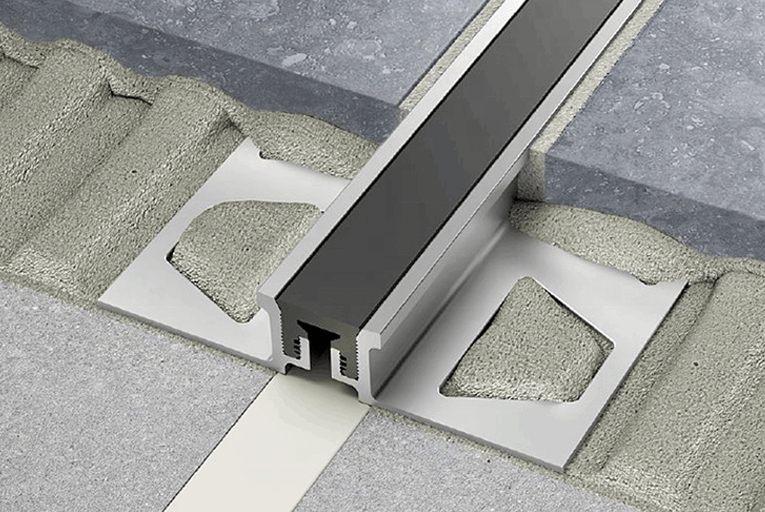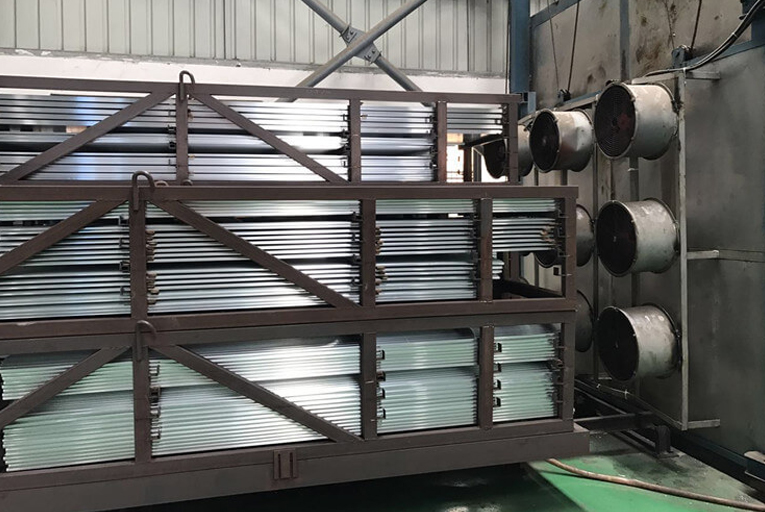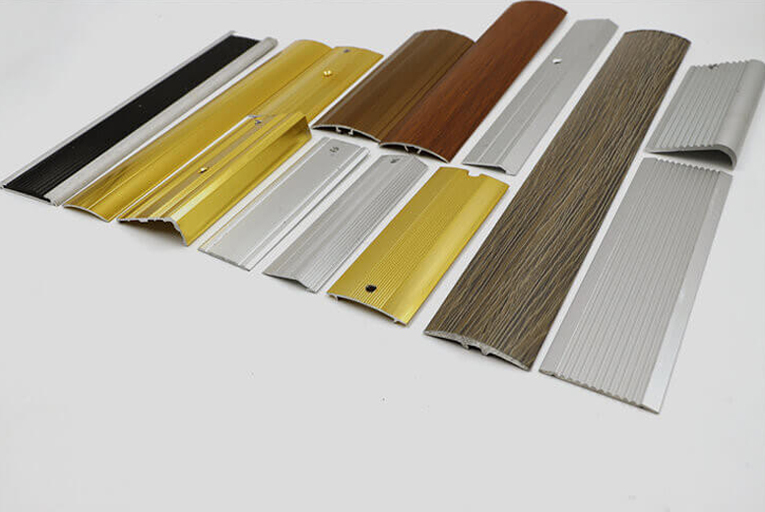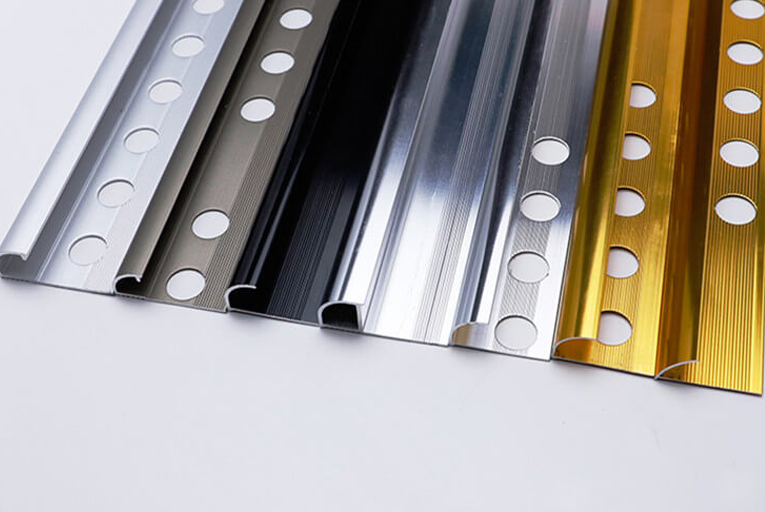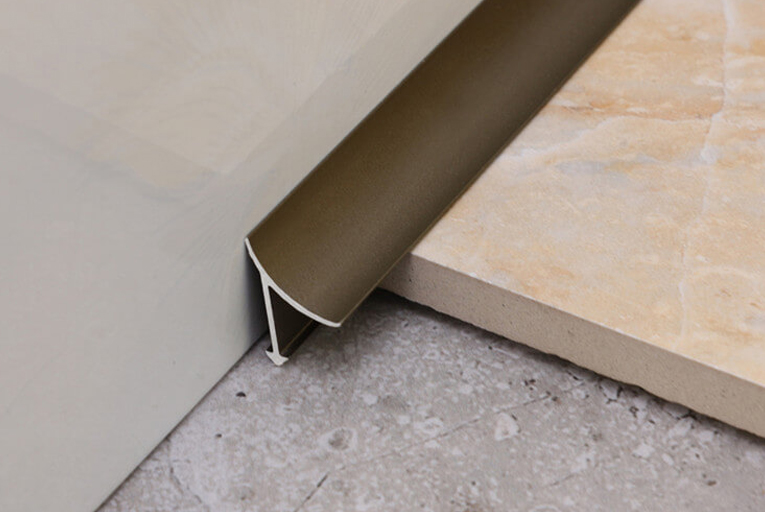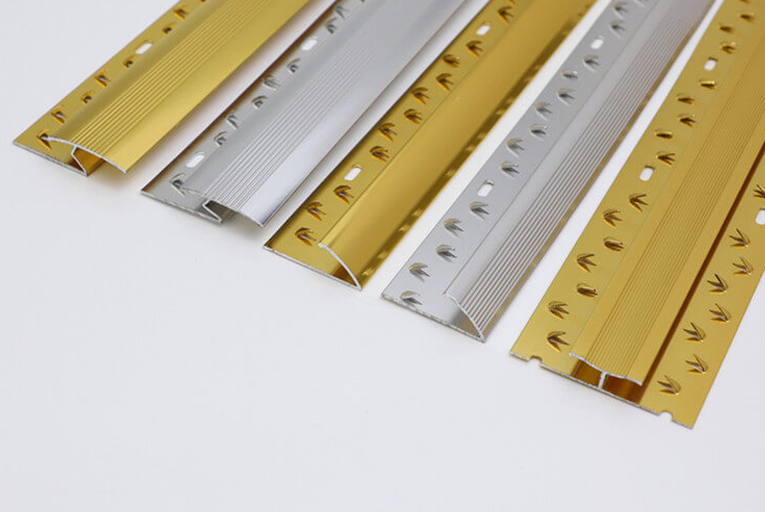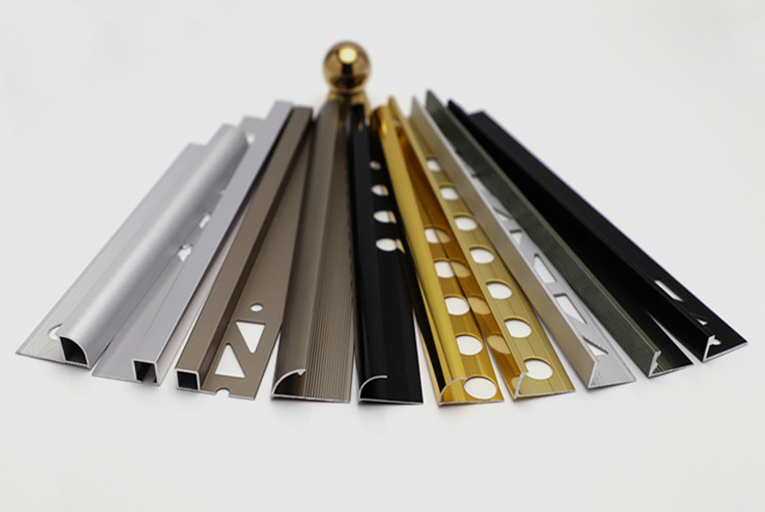Ensuring Code Compliance with Shower Tile Border Trim
Shower tile border trim is an essential element for finishing a shower installation. It provides a decorative and functional transition between the field tile and the surrounding walls or fixtures. Proper installation of shower tile border trim is crucial not only for aesthetics but also for ensuring code compliance. This article will delve into the various aspects of ensuring code compliance with shower tile border trim.
Meeting Building Codes
Building codes are regulations established to ensure the safety and functionality of structures, including showers. These codes govern the installation methods, materials, and dimensions of shower tile border trim to prevent leaks, mold growth, and other hazards. By adhering to building codes, homeowners and contractors can minimize the risk of code violations and ensure a safe and compliant shower installation.
Waterproofing Requirements
Showers are inherently wet environments, making waterproofing essential to prevent water damage. Shower tile border trim must be properly waterproofed to prevent water from seeping behind the tiles and into the wall cavity. This is typically achieved by using a waterproof membrane or sealant between the trim and the backing material.
Tile Size and Spacing
The size and spacing of the tiles used in the border trim must meet code requirements. Smaller tiles are more likely to create gaps or imperfections that can compromise waterproofing. Proper spacing between tiles is essential for drainage and preventing water accumulation. Building codes typically specify the maximum allowable gap between tiles and the minimum number of tiles required per linear foot.
Adhesive and Grout
The type and application of adhesive and grout used to install and seal the border trim are also subject to code requirements. Waterproof adhesives and grouts are necessary to ensure a watertight seal and prevent moisture проникновение. The adhesive must be applied evenly and in sufficient quantities to provide a secure bond between the trim and the substrate. Grout should be properly mixed and applied to fill all gaps between the tiles and prevent water проникновение.
Inspections and Approvals
In certain jurisdictions, shower installations may require inspection and approval by local building authorities. This ensures that the installation meets code requirements and is safe for use. Inspectors will examine the border trim, as well as other aspects of the shower, to verify compliance with building codes.
Consequences of Non-Compliance
Failing to ensure code compliance with shower tile border trim can have serious consequences. Improper installation can lead to leaks, mold growth, and structural damage. Non-compliant installations may also invalidate insurance coverage in the event of a water-related incident. Additionally, code violations can delay or prevent the issuance of building permits or certificates of occupancy.
Conclusion
Ensuring code compliance with shower tile border trim is essential for the safety, functionality, and durability of a shower installation. By adhering to building codes, waterproof and grout requirements, and proper installation techniques, homeowners and contractors can minimize the risk of code violations and ensure a compliant and long-lasting shower. Ignoring code compliance can have serious consequences, including leaks, mold growth, and potential legal liabilities.
-
How to Install Tile Trims Line?
2022-02-09 -
Difference Between Sandblasting and Anodizing Surface Treatment of Aluminum Tile Trim
2022-02-09 -
The Different Uses of Tile Outside Corner Edging Trim and Inside Corner Edging Trim
2022-02-09 -
The Most Popular 5 Different Materials of Tile Trim Line
2022-02-09 -
What is Carpet Cover Trim?
2022-02-09 -
The 6 Hottest Tile Trim Solutions for 2021
2022-02-09

